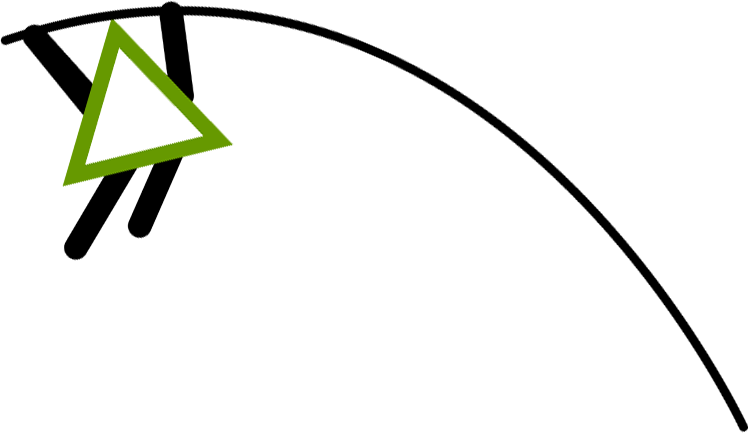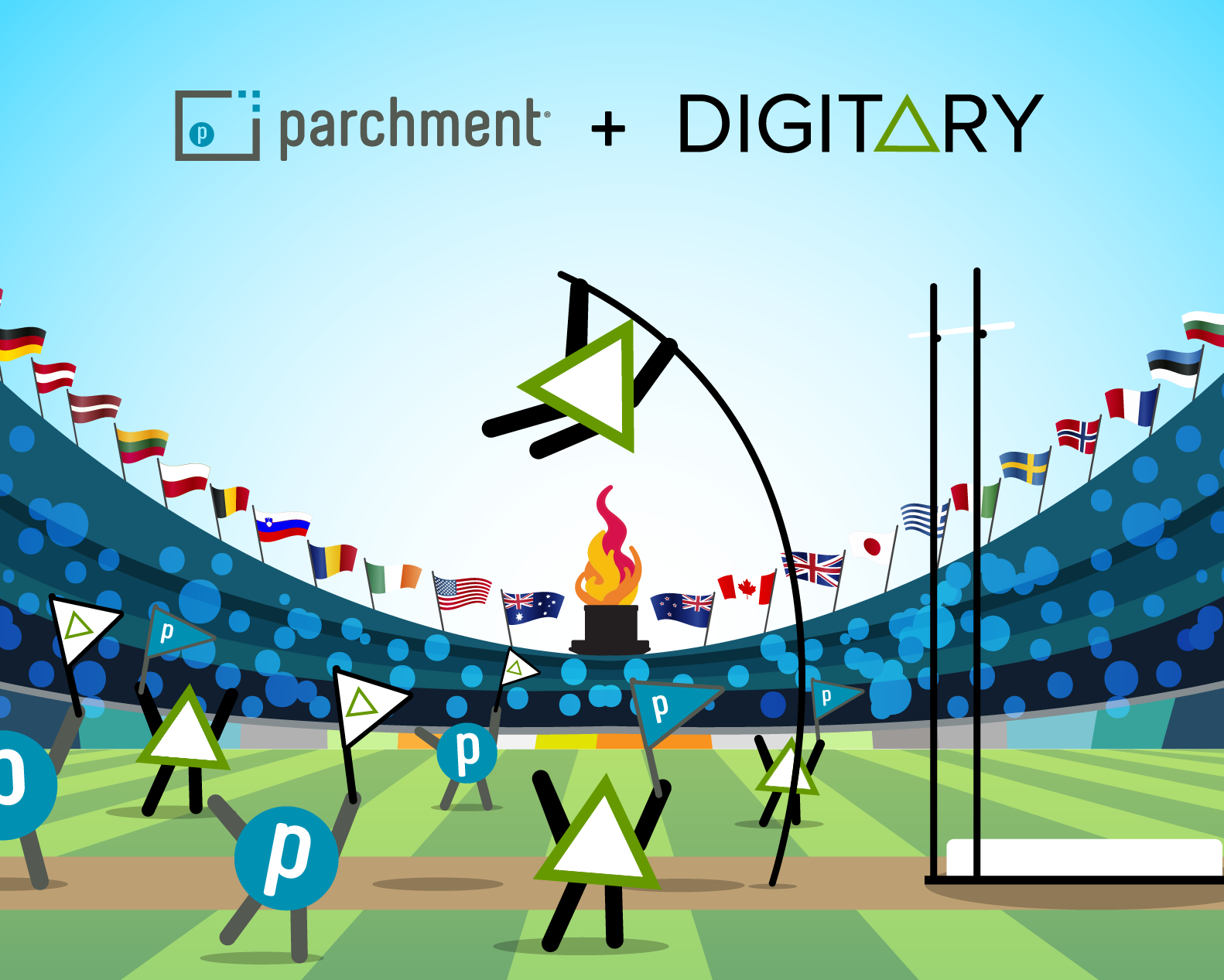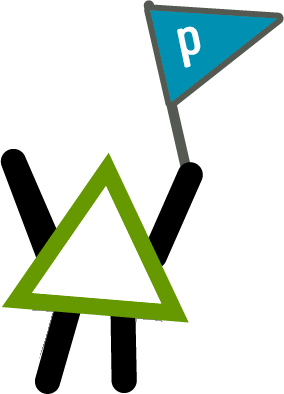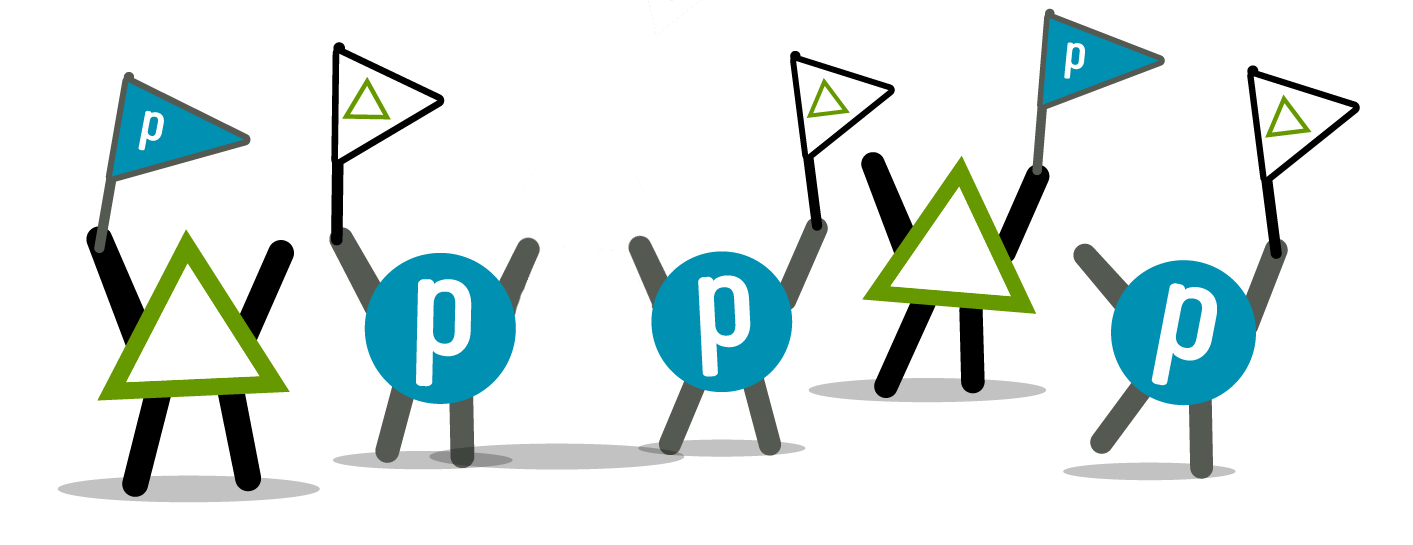
Achieving New Heights Together







Welcome to our Frequently Asked Question page, our way of acknowledging and addressing the important questions stakeholders who work with Digitary or Parchment may have about our combination. With a global network of education organizations across six countries, and trusted reputations earned through 60 combined years of experience, we are excited about the future offered by coming together as one company.
We also recognize that change brings concerns, or at least questions, and a need to understand what this development means for you and your organization. If we missed a topic, please let us know. We want to hear from you…

Neither Digitary nor Parchment intends to require any migration between platforms by its current members. Parchment remains committed to investing in, maintaining, and supporting the MyCreds/MesCertif, MyEquals, and Digitary CORE platforms. Parchment remains actively committed to ensuring the ongoing future extension of the Digitary technology to further support lifelong learners and looks forward to supporting the transition to this platform for clients outside the US.
This question is most relevant to Parchment’s members in Canada and Australia, both of which contain national networks supported by Digitary. The decision to participate in their national network is ultimately up to each institution. That said, for those who do decide to participate, we think one benefit of this combination is that we can fully support your transition from Parchment to Digitary.
Continuity of service and long-standing relationships are critically important to our members (customers), so while we are excited about future innovation, continuity remains our top priority. Because Digitary and Parchment primarily operated in different regions, we are committed to maintaining the Digitary brand, platform, team, and service model in its regions. (Most stakeholders work with us in the context of our regional teams and operations.) If you use Digitary as part of the MyCreds/MesCertif Canadian network or the My eQuals Australia & New Zealand network, these networks are owned by their respective organizations. There is no change to Digitary’s relationship with them. Finally, if you are a Parchment member there is no immediate change either. That said, we do see future value to stakeholders coming from our combination, as described later in this FAQ.
Our two companies share a common mission to help turn credentials into opportunities. We both believe that the learner, the credential holder, is the ultimate motivation and impact of our work. Making credentials more actionable for learners -- more effective at accessing enrollment or employment opportunities -- is our north star. In a world of global student mobility, and global recruitment of degree holders for graduate learning and employment, our combined network can simplify and deepen trust in the exchange and verification of credentials. At a time of rapidly changing expectations for how academic credentials communicate degree learning outcomes, our combined resources can expand and accelerate our innovation investments. And with a combined team of 275 employees, our collective experience and complementary cultures allow us to deepen our relationships with network members, and expand career opportunities for our people.
Because the Parchment and Digitary brands are so well recognized in their respective regions, we will continue to go-to-market with them unchanged. The global parent company is Parchment. But in most ways that matter, we will continue to operate in Digitary’s regions under the name, Digitary. To paraphrase Shakespeare, a rose by any other name would still smell as sweet. Right?
Yes. We are fully committed to supporting both platforms for the foreseeable future. Digitary CORE is purpose built for the unique needs of national network partners, as well as the local requirements and practices of education organizations in a number of regions globally. Parchment’s platform is similarly aligned with the needs of its core U.S. market. While our two platforms share many functions in common, they also differ in ways that are important to their respective stakeholders. We see value in integrating the two networks to support global exchange and unified receiving of credentials. But we have no plans to replace one platform with the other.
The new organization will continue to be a people-oriented company that is mission driven. The combined company brings together 275 people with decades of experience in academic credential management. Because there is very little overlap in our regional operations, we do not anticipate any changes in the people you work with. That said, this combination expands the capabilities and career opportunities available to our employees, which we hope and expect reflects back on the experience you have with our team.
Creating a seamless experience for receivers and third parties who collect from both platforms is certainly one of our most immediate goals, in partnership with our national network stakeholders. Our entire global network benefits from being able to expand and unify the collection of secure, trusted academic credentials, resulting in major efficiencies and fast enrollment decisions for learners. As we innovate and expand our service offering, we will actively keep the community up to speed with available functionality.
Digitary’s members (customers) are primarily in Australia, Canada, Ireland, New Zealand, and the United Kingdom. Digitary and Parchment both partner with CHESICC to support secure credential exchange from institutions in China. We don’t have a timeframe for unifying the receiving of credentials, but we know it’s a priority.
When we compared our product roadmaps, we quickly discovered that Digitary and Parchment are focused on many of these same trends and innovation opportunities. The top five include:
Global Mobility: In a world of global student mobility, and global recruitment of degree holders for graduate learning and employment, our combined network can simplify and deepen trust in the exchange and verification of credentials.
Credential Innovation: Education organizations are reimagining the scope, form, and function of their academic credentials to help translate their learners’ education – inside and outside the classroom – into successful employment pathways. This comes in the form of Comprehensive Learner Records, digital badging, and enhanced transcripts and diplomas.
Lifelong Learning: Traditional barriers between secondary, postsecondary, and professional education are blurring as learners expect greater control and stewardship of their knowledge profile. We are excited to develop technology that further advances stackable, secure, and verifiable credential management.
Open Standards: Postsecondary Electronics Standards Council (PESC) and IMS Global are enabling sustainable innovations in digital credentialing based on the principle of interoperability. Data standards are at the core of what we do at Digitary and Parchment as we evolve our platforms. While not a standards organization, we should note our shared commitment to the Groningen Declaration Network and its principles of digital student data portability.
Blockchain Technology: An open, learner-controlled credentialing ecosystem that enables the exchange of verifiable credentials without aggregating large amounts of student data in a single clearinghouse. This puts learners in control of turning their credentials into opportunities. Inclusive in this focus is Digitary’s leading work applying Self-Sovereign Identity to academic credential management.
The voice of our combined network community is crucial to our continued success and partnership, so we want to hear from you. We encourage you to use the form below to submit your questions, so we can accurately route them and get you an answer as quickly as possible.
Yes, Parchment worked with a small but growing number of universities and secondary schools outside the U.S.
Digitary is working within some of its regions (e.g., Canada) to support establishing secondary school providers on the network.
With respect to data privacy, data security, and data residency, Parchment is committed to ensuring all student data remains stored in line with existing regional technology deployments and under the control and ownership of the member institutions and agencies that sponsor the technology.
Both Parchment and Digitary have clearly demonstrated their independant commitment to the global effort of mobilizing colleges and universities, allied organizations, and governments by working collaboratively to ensure that interoperability is achieved through the development and implementation of open standards in contexts such as PESC, IMS Global and W3C. Together, our position on standards is strengthened, and we will continue to work across education data standards communities that are enabling sustainable innovations in digital credentialing based on principles of interoperability.
We want to hear from you…

